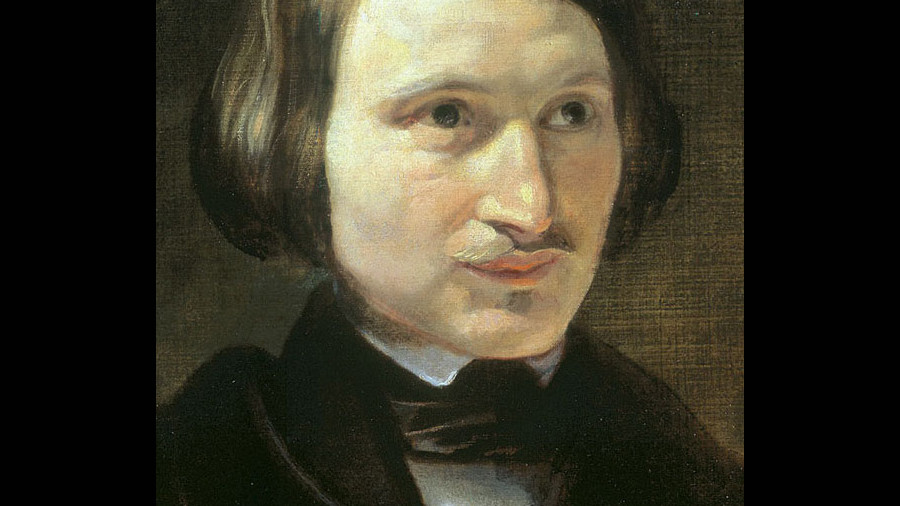‘Manuscripts don’t burn,’ said the devil in The Master and Margarita. But Nikolai Gogol proved him wrong. In fact, it was the devil that he blamed when on a cold February night in 1852 Gogol set fire to the presumably complete manuscript of the second volume of Dead Souls. Having tasted massive success with the first volume, Gogol was overcome with despair when he found his creativity abandoning him as he worked on the sequel. That draft never got turned into a book.
Gogol was not the only author to have condemned his writings to the flames. The tortured Franz Kafka is known to have burned 90 per cent of his works during his lifetime; he asked his friend, Max Brod, to burn the rest — unread. Brod, as we know, did not oblige, giving the world classics like The Trial and The Castle.
What Brod did for Kafka — the author achieved posthumous fame — Véra Nabokov did for her husband’s career. Not only did she save the manuscript of Lolita from its author, Vladimir, who was taking it to the incinerator, but she also defied his instruction to burn all traces of his unfinished novel, Laura — it was published years after his death.
There are a myriad reasons why authors might want to destroy their own works. Vladimir’s son, Dmitri, once said that his father was well aware that he wrote about things that “publishers feared and... the public was bound to misconstrue”. The resultant dejection is not surprising. But what is curious is the choice of fire as a means of destruction — perhaps there is a sense of finality in setting paper ablaze that is absent in other methods of destruction. Dante Gabriel Rossetti, who had buried his poems in his wife’s coffin, had them exhumed later.
Yet, the burning of a draft does not necessarily signify its end — fire purges as often as it annihilates. James Joyce once burned some of his manuscripts in “a fit of momentary despair”. But he then started writing afresh, and from the ashes of that manuscript, Stephen Hero, emerged A Portrait of the Artist as a Young Man that led to Joyce’s first major tryst with fame.
The devil was wrong: manuscripts do burn, but that need not be the end of stories. In fact, destruction is inextricable from the process of creation — does the modern-day author not hit the delete button a hundred times before completing a single page? — as is despair. The real tragedy for a writer is when the fire within — the burning urge to tell the tale — dies out.










